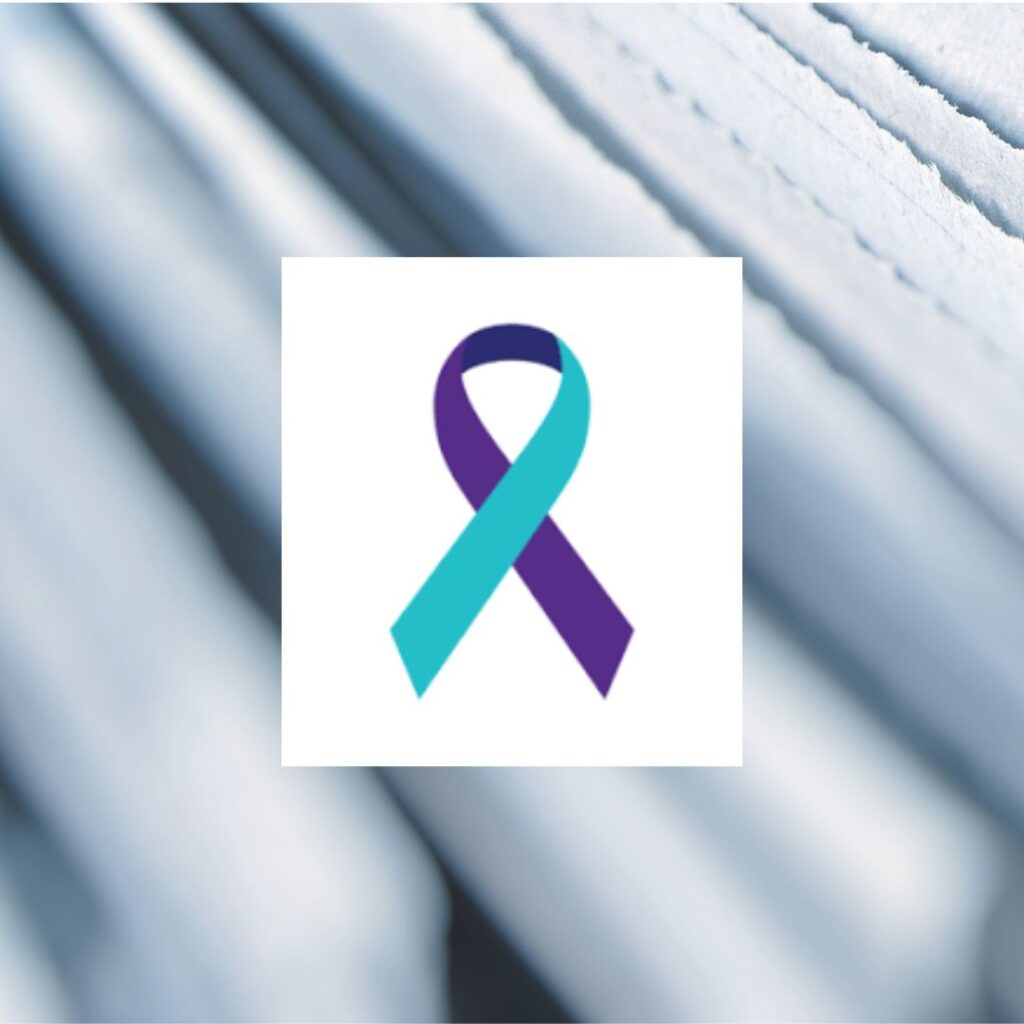
Suicide is a profoundly sensitive topic that demands careful and ethical reporting. Journalists hold the power to influence public perception and mental health outcomes through their coverage. Inaccurate or sensationalist reporting can lead to harmful consequences, including the risk of suicide contagion, where exposure to suicide reports increases the likelihood of suicidal behaviour in vulnerable individuals. Conversely, responsible reporting can foster awareness, encourage those at risk to seek help, and reduce stigma. This guide aims to provide journalists with practical tips and resources for reporting on suicides thoughtfully and responsibly.
The way suicides are reported can have significant impacts:
• Suicide Contagion: Sensationalist or detailed reporting on suicide methods can lead to imitative behaviours, especially among those already at risk.
• Public Perception and Stigma: Balanced reporting can help combat stigma surrounding mental health issues and encourage individuals to seek help.
• Grieving Families and Communities: Respectful reporting considers the emotional well-being of the deceased’s family and community, avoiding additional trauma.
Key Principles for Reporting on Suicides
1. Avoid Sensationalism
• Do not sensationalise the event or use dramatic language. Avoid phrases like “committed suicide” and instead use “died by suicide.”
2. Omit Specific Details
• Avoid providing detailed descriptions of the method or location of the suicide to prevent imitation.
3. Use Appropriate Language
• Use respectful and non-stigmatising language. Refer to resources like the Associated Press Stylebook for guidance on terminology.
4. Include Help-Seeking Information
• Always provide information on crisis helplines and mental health resources within the story to encourage those at risk to seek help.
5. Contextualise the Story
• Provide context about mental health issues and suicide prevention efforts. Highlight that suicide is often the result of complex factors and that help is available.
6. Be Mindful of the Bereaved
• Approach grieving families with sensitivity. Respect their wishes regarding the coverage and avoid intrusive or distressing questions.
7. Focus on Prevention
• Highlight stories of recovery, resilience, and effective suicide prevention program
Language Guide for Reporting on Suicide
Using appropriate language when reporting on suicide is crucial in reducing stigma and preventing potential harm. Organisations such as the South African Depression and Anxiety Group (SADAG) recommend the following terms to avoid and their preferred alternatives:
- Avoid: “Committed suicide”
Use: “Died by suicide” or “took their own life”
2. Avoid: “Completed suicide”
Use: “Suicide”
3. Avoid: “Successful suicide”, “Suicide death” or “failed suicide attempt”
Use: “Suicide” or “non-fatal suicide attempt”
4. Avoid : “Suicide victim”
Use: “Person who died by suicide”
5. Avoid: “Suicide epidemic” or “suicide wave”
Use: “Rising rates of suicide” or “increase in suicides”
6. Avoid: “Suicide ideator or attempter”
Use: “Person living with suicidal thoughts or behaviour”
7. Avoid (when talking about a person’s behaviour): Manipulative, cry for help, or suicide gesture
Use: (Describe the behaviour)
8. Avoid: “Dealing with suicidal crisis”
Use: “Working with”
Practical Tips for Journalists
• Verify Information: Ensure all details are accurate and confirmed by reliable sources.
• Training and Resources: Participate in training sessions on mental health and suicide reporting.
• Editorial Review: Implement a review process for stories on suicide to ensure adherence to ethical guidelines.
Useful Resources for Journalists:
- African Mental Health Research and Training Foundation (AMHRTF)
- The Language of Suicide Guide by the South African Depression and Anxiety Group (SADAG)
- SADAG and SANEF partnership for journalists
- Mental Health Information Centre
- Media Guide for Responsible Reporting on Mental Health by the Alan J Flisher Centre for Public Mental Health
- Suicide Reporting Toolkit by the World Health Organization (WHO): WHO Guidelines
- Preventing Suicide: A resource for media professionals by WHO
- Reporting on Suicide by the American Foundation for Suicide Prevention (AFSP) and other organizations: AFSP Reporting Guidelines
Conclusion
Reporting on suicides requires a careful balance between public interest and ethical responsibility. By adhering to best practices and guidelines, journalists can contribute to a more informed, compassionate, and proactive public dialogue around mental health and suicide prevention. Responsible reporting can save lives and foster a supportive environment for those struggling with mental health issues.
Contact Information for Immediate Help
If you or someone you know is in crisis, please contact SADAG on: 0800 567 567
Remember, responsible reporting on suicide is not just about following guidelines but about making a positive impact on society. Your words can make a difference.
